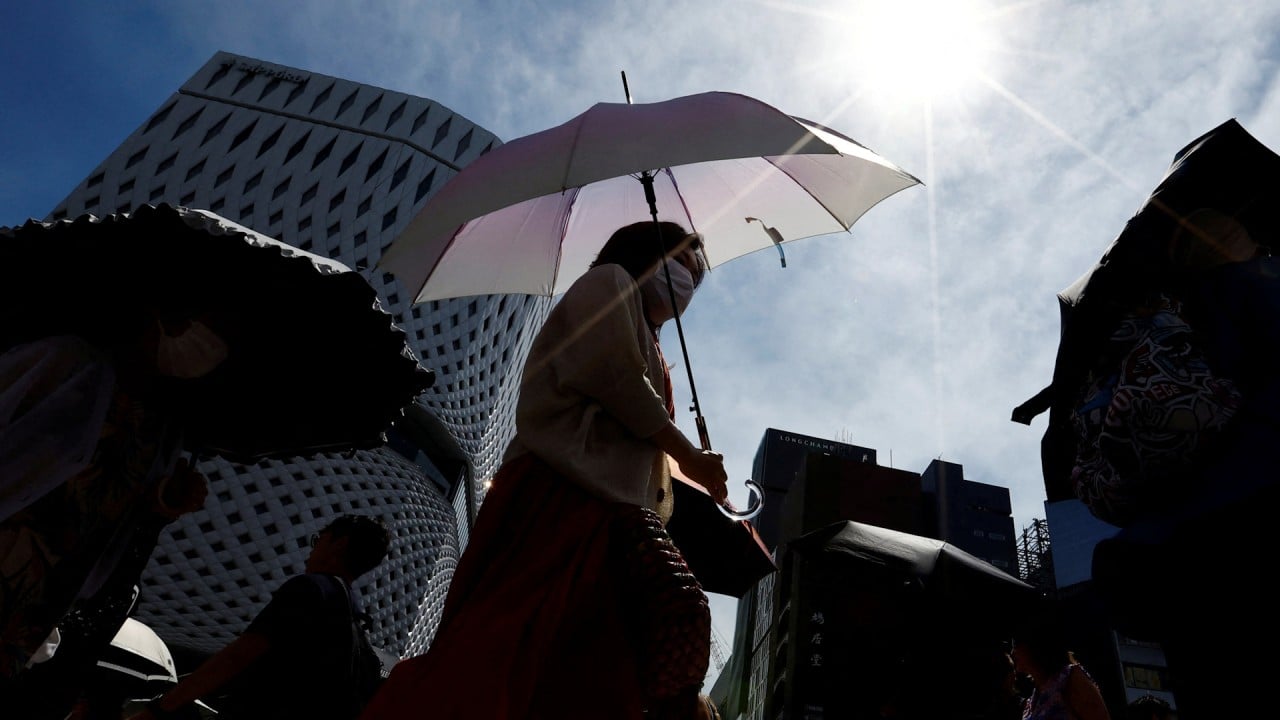According to the white paper, Japan is more dependent on single countries — mostly China — for imports of many types of consumer and industrial products than Tokyo’s Group of Seven peers.
The report used the Herfindahl-Hirschmann Index (HHI), a measure of market concentration in which a given product has more than 50 percent of its imports by a given country.
Overall, Japan relies heavily on imports for nearly 47 percent of its 4,300 products. In particular, Japan imported more than half of 1,406 specific products from China, representing nearly 70 percent of the 2,015 products that Japan received in bulk from overseas in 2022.
[China and Japan] They are in a situation where they need each other and I don’t see any push towards disconnection
By contrast, the United States accounted for only 12.5 percent of imports on which Japan relied heavily.
Even today, that kind of trade situation still persists, explained Stephen Nagy, director of policy studies at the Yokosuka Council of Asia-Pacific Studies in Tokyo.
He said China-Japan economic ties are „very complementary” and Japan’s reliance on Chinese goods is expected to continue.
„Both countries are in a situation where they need each other, and I don’t see a disconnection,” Nagy said, adding that the weaker yen makes Japan more attractive to Chinese exporters.
Japan is not advocating disengagement as the West has done, but the Japanese aim to „insulate important parts of their relationship” from China, Nagy noted. However, Nagy said Japan would restrict Chinese access to chips and dual-use technology.
In 2022, Tokyo passed the Economic Security Promotion Act, creating more resilient supply chains while promoting infrastructure security and the use of critical technologies.
In addition, Japan has extended financial support to companies from China to encourage restructuring and diversification of business operations, particularly in strategically important industries such as semiconductors.
However, Japan, China and South Korea agreed to resume negotiations on a trilateral free trade agreement at a summit in May 2024.
Rumi Aoyama, director of the Waseda Institute of Contemporary China Studies at Waseda University, said the deal was a „clear signal” from the leaders of the three major powers in the region that economic ties are vital and should continue.
„In a region where the trend of economic integration continues, political leaders are showing a strong intention to stabilize economic ties and not aim for a complete disengagement of economic-security policy,” Ayama said in a June 27 blog post in Australia. Based at the East Asia Forum, which focuses on analyzes of Asian economies and public policies.
As China’s second-largest exporter, Japan’s exports are expected to decline from US$171.98 billion in 2022 to US$157.49 billion in 2023, according to China Customs data.
Last year, Japan was China’s top buyer of air conditioners and rare earth minerals, the second-largest importer of Chinese smartphones, and the fourth-largest importer of Chinese laptops and organic chemicals, according to customs data.
In the “portable equipment under 10 kg” category, which includes laptops, the value of China’s exports to Japan fell 0.5 percent last year to 4.22 billion US dollars in 2022 from 4.67 billion US dollars, the data showed.
China exported more than 40 percent of rare earths to Japan last year, and the value of exports to Japan fell by 24.66 percent to US$218.66 million in 2023 from US$209.2 million in 2022.
Nearly 13 percent of China’s air conditioners were sold to Japan last year, with their export value accounting for 12.75 percent of China’s total air conditioner exports.
Additional reporting by Ralph Jennings

„Oddany rozwiązywacz problemów. Przyjazny hipsterom praktykant bekonu. Miłośnik kawy. Nieuleczalny introwertyk. Student.

